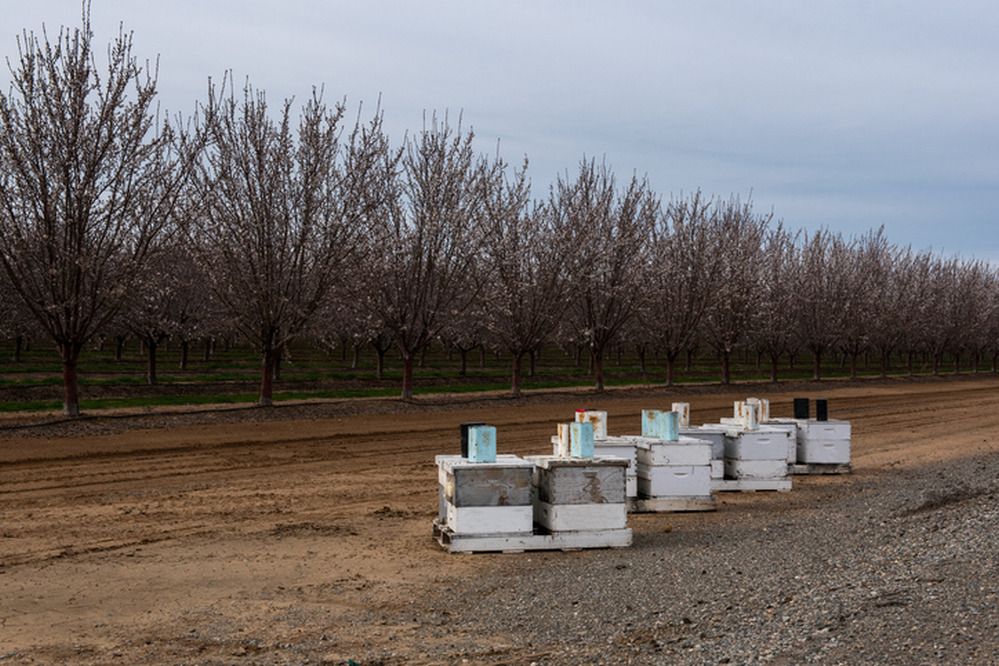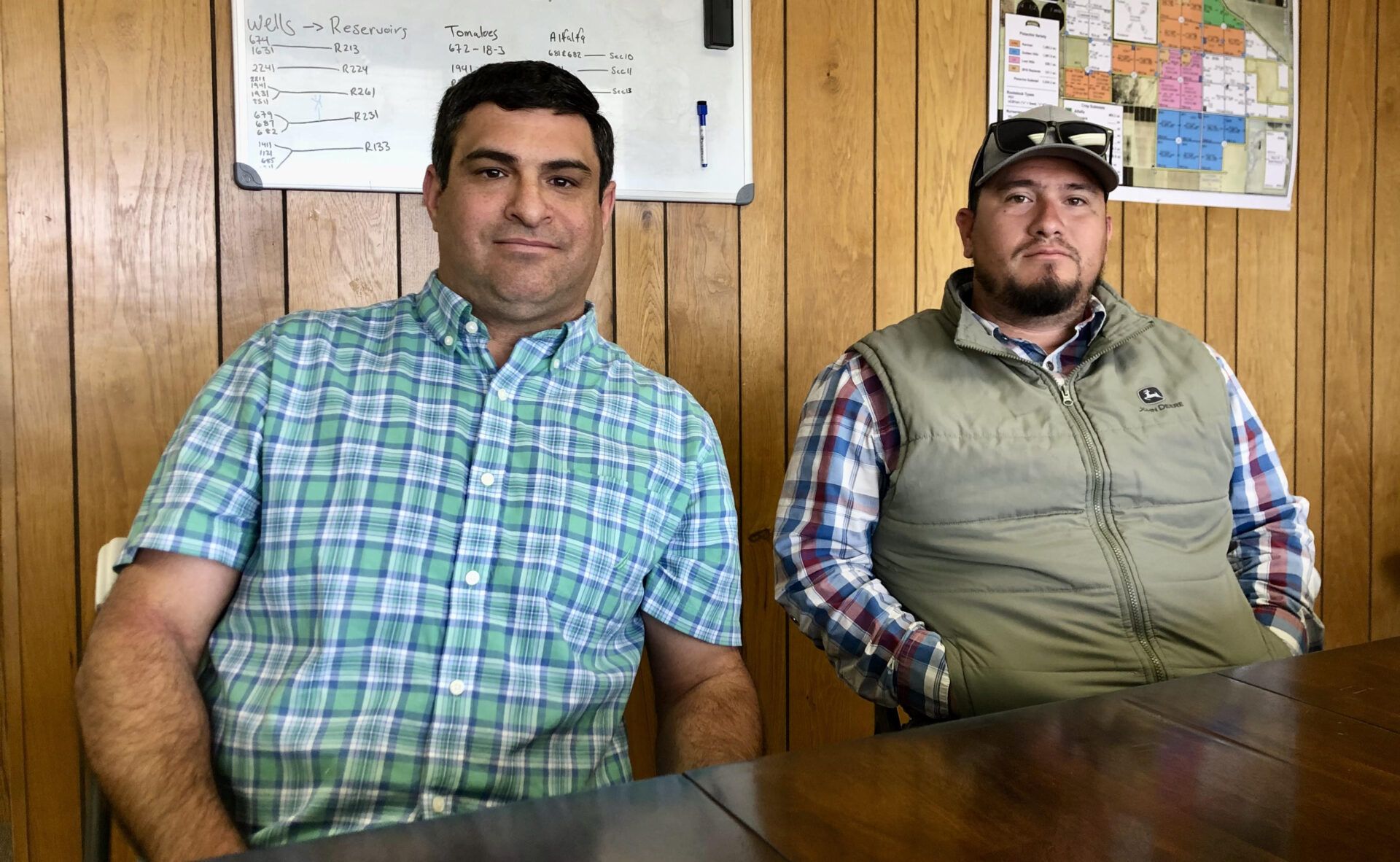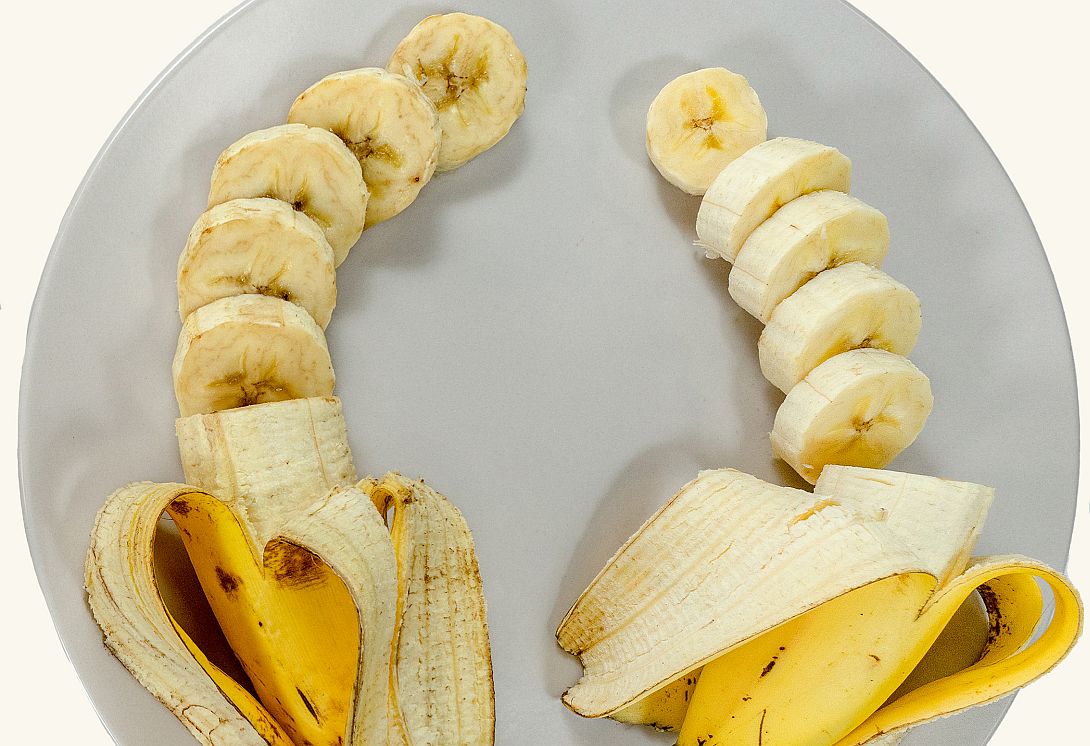Unlike almonds, which rely on honeybees for pollination, a dwindling and increasingly expensive resource, pistachio crops are pollinated by wind, which is both abundant and free-of-charge. So why are some growers turning to artificial pollination?
If the weather is optimal throughout the year, male and female pistachio trees bloom at the same time, and the wind successfully carries pollen from male to female plants, growers can expect a decent harvest, says Ed Surber, head of the US operation at Israeli agtech startup Edete Precision Technologies for Agriculture.
Put another way, he says, if all the stars align, Mother Nature doesn’t need any assistance. The problem is, she doesn’t always play ball.
Bloom desynchronization
Multiple factors can impact yields, notes Surber. But one of the biggest challenges for fruit and nut growers is insufficient winter chill (warmer winters, which have been attributed to climate change) which means male and female trees do not always flower at the same time. This results in sub-optimal pollination and a resulting reduction in yields.
Edete—which offers artificial pollination as a service (APaS)—“helps Mother Nature” by applying pollen directly to trees in a highly targeted manner, an approach that has helped growers increase yields by up to 24%, Surber told AFN on a field trip to see Edete in action at Materra Farming near Bakersfield, California.
Double digit increases in yields
Founded in 2016 by Eylam Ran (CEO), Keren Mimran (VP Marketing), Ori Inbar (chairman) and Elad Etgar, Edete first deployed its technology in Israel before heading to California for tests on wind- and insect-pollinated crops, demonstrating double-digit increases in yield vs controls.
Its intellectual property covers pollen collection (mechanically harvesting flowers, separating out the pollen, storing it for one to several years, and checking its viability), and machines that fire the pollen onto trees electrostatically via a controllable dozer enabling the precise dispersal of grams or parts of grams of pollen per tree.
Equipped with sensors that measure humidity and wind speed to optimize the time and the amount of pollen being dispersed, the units can operate day and night, under suboptimal weather conditions, said Surber, who joined the company in November 2022.
Narrow window of opportunity
He added: “Your window of opportunity for pollination of pistachios is about seven to 10 days at best and we do two applications typically, because even on the same tree, not all the flowers are at the same stage.”
While artificial pollination is not new, Edete can deliver a degree of precision that low-tech spray and pray approaches cannot, he added.
“With the electrostatic charge, we’re basically applying a positive charge to the pollen, while the tree, which is rooted in the ground, is negatively charged, so we’re increasing the likelihood of the pollen finding its target, rather than just blowing it around and hoping. Pollen is also pretty expensive, so you risk blowing away your profits.”

Bee-free almond pollination
Edete’s solution for pistachios is already on the market. However, bee-pollinated crops such as almonds present an even greater opportunity for Edete, which has been testing its technology in almond orchards in California for a couple of years and is hoping to conduct tests in Australia shortly.
“We’ve got plans for many crops moving forward from avocados to cherries, but almonds and pistachios are the main focus right now. With pistachios, our competition at a high level, is the wind, which is free. Whereas with almonds, the business case is immediately clear to growers we talk to.”
To pollinate an acre of almonds, you typically need about two beehives, said Surber. “The average beehive cost is around $225 to $260, so that’s $450 to $520 per acre. And that price is only likely to go up because of the decline in bee populations, whether that’s due to mites, pesticides, viruses, or climate change.”
Funding: ‘Interesting conversations with equipment manufacturers’
Edete has raised about $13 million to date from seven growers’ co-operatives and private investors and has also secured $2.2 million in funding from the Israeli Innovation Authority, said Surber.
“The investment environment is definitely more challenging, but we’ve had some very interesting conversations with equipment manufacturers recently; everyone is looking for ways to support these growers.”

Grower: ‘For us, mechanical pollination is a hedge against events like last year’
Materra Farming is testing Edete’s artificial pollination service on parts of its pistachio orchard and comparing it with a control area nearby, farm manager Marc Capetillo told AFN.
“We were going to try other approaches [to mechanical pollination] using a kind of modified backpack blower, but it’s not nearly as controlled. We have a lot of male trees out there and have a lot of pollen flying around, but sometimes, if the wind blows away from where we need it to, it doesn’t help us. Certain [pistahio] varieties like Kermans are also widely known to have a high number of blanks.”
He added: “We’re trying this [artificial pollination with Edete] on a limited basis to get data and to see if it’s worthwhile to expand. All the blocks that we chose [for mechanical pollination] have counterparts that have historically performed similarly [in terms of yield], so it should be pretty apparent when it comes to harvest, if these perform differently.
“But you really have to track this over a few years as it’s hard to gauge the benefits when you just look at one year. This year, everything’s looking good but last year, when the whole industry was off by 20 or 30%, that’s where there could have been a big benefit [to mechanical pollination]. We had enormous swings between cool weather and then hot weather and a rain event or two during pollination, and we had an off year.
“So for us, mechanical pollination is a hedge against events like last year and to see if we minimize some of the effects of alternate bearing [annually fluctuating heavy and light crops].”
He added: “We’re a forward-thinking company and we budget to stay ahead yeah, so as long as I can pay for it, I will continue to test it, so if I get, say, 150 more pounds per acre, then it pays for itself, and anything more than that is a bonus.”
Source link
Author Elaine Watson




